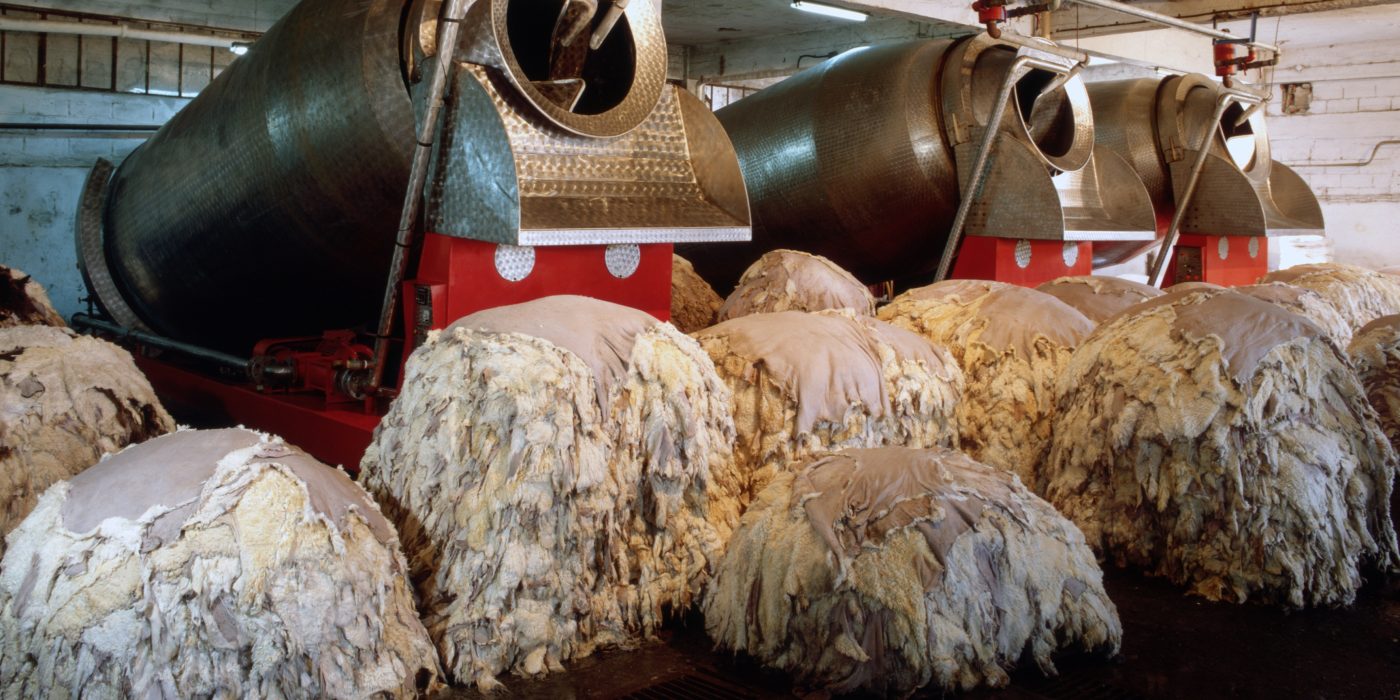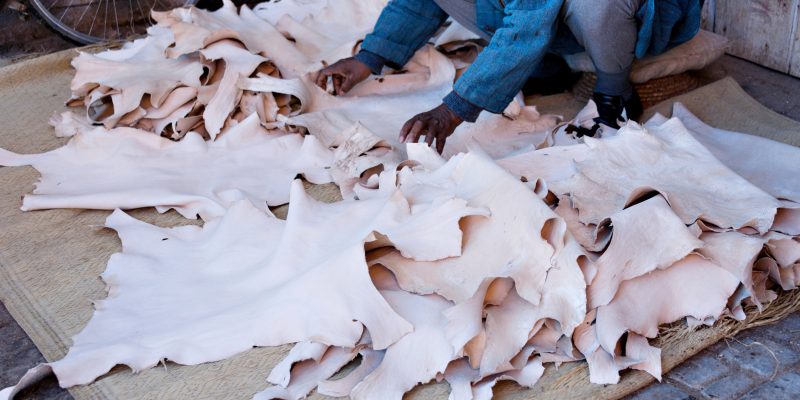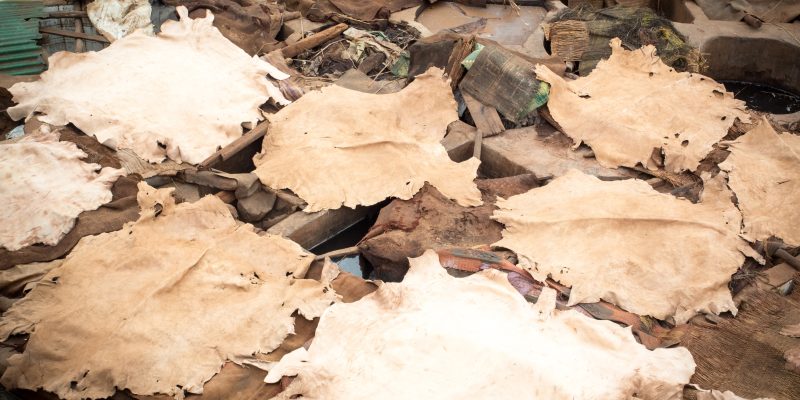If you’re someone who loves leather goods, it’s essential to understand the process of how leather is made. Tanneries are the places where raw animal hides are transformed into leather, which is used for various purposes, including clothing, shoes, furniture, and accessories. Therefore, we are going to explore what a tannery is, the tanning process, and the environmental impact of tanneries.
What is a Leather Tanning?
Leather tanning is the process of treating animal hides or skins to produce a durable and usable material known as leather. The process involves removing the hair, flesh, and fat from the hide and chemically treating it with tanning agents to prevent decomposition and create a stable material that can be used for various products such as shoes, belts, handbags, and furniture.
The Tanning Process
Chrome tanning and vegetable tanning are the two main tanning procedures. Chrome tanning is the most prominent method and employs chromium salts to cure the hide. This process is faster and cheaper than vegetable tanning and results in leather that is soft, flexible, and resistant to water. However, it also produces toxic waste that can harm the environment if not treated correctly.
The vegetable tanning process takes longer and is more expensive than chrome tanning, but it produces leather that is more natural and environmentally friendly. Vegetable-tanned leather is also more rigid and has a distinctive texture that leather individuals desire.
The leather gets dried out, and accomplished to attain the perfect feel, colour, and shine. The finished leather is then sent to manufacturers who use it to make various leather products.
Types of Leather Produced by Tanneries
Tanneries produce various types of leather, each with unique properties and applications. Vegetable-tanned leather, full-grain leather, top-grain leather, and synthetic leather are the broad categories into which tanneries can divide their production of leather.
-
Vege-Tanned Leather
Vegetable-tanned leather is produced using natural tannins found in plants, such as oak bark and mimosa. It has a natural, solid appearance and is a more environmentally responsible option. It is commonly used for high-end leather goods such as belts, wallets, and shoes.
-
Full-Grain Leather
Full-grain leather tanning is the greatest quality leather since it is manufactured from the complete thickness of the animal’s skin, including the natural grain pattern and flaws. It is long-lasting and acquires unique wear over time, which makes it a popular choice for high-end items such as luxury purses, leather backpacks, and leather briefcases.
-
Top-Grain Leather
Top-grain leather is a high-quality type of leather that is made from the top layer of animal hide, which is the outermost and most durable part. This layer is sanded and finished to remove any imperfections, resulting in a smooth and consistent texture. In comparison to full-grain leather, this results in a more uniform look and a slightly softer feel. Top-grain leather is often used in the manufacture of furniture and car upholstery, as well as wallets, belts, and shoes.
-
Synthetic Leather
Synthetic leather tanning is made from chemical-based substances such as polyurethane or PVC. It is also known as “fake leather” or “vegan leather.” It is a more affordable and animal-friendly alternative to natural leather, and it is commonly used in the production of clothing, shoes, and accessories.
Innovations in Tanning and Leather Production
Tanneries and leather producers are continually seeking ways to improve their processes and products. Innovations in tanning and leather production include the use of new tanning agents, automation of the production process, and the development of eco-friendly tanning methods.
Innovations in technology have allowed tanneries to enhance their manufacturing methods while reducing their environmental impact. Understanding the innovations in tannery technology can provide insights into the future of the leather industry and the potential for more sustainable and efficient production.
Tannery Safety and Health Concerns
Tannery workers are exposed to various safety and health risks, such as chemical exposure, ergonomic hazards, and noise exposure. Understanding the safety and health concerns in tanneries can provide insights into the steps taken to ensure that workers are protected from these risks.
The Environmental Impact of Leather Tanning
Because of the chemicals required in the tanning process, tanneries may have a substantial environmental impact. Chromium, for example, is a hazardous metal that, if not managed properly, may pollute soil and water supplies. Tanneries also generate a considerable amount of wastewater that contains pollutants such as salt, acid, and organic compounds.
Tanneries are expected to follow tight regulations and standards in order to reduce these environmental problems. Many tanneries have embraced environmental initiatives such as utilizing renewable energy sources, recycling water, and appropriately disposing of trash.
Conclusion
Tanning is a complex process that transforms raw animal hides into leather. Tanneries play a critical role in the leather industry, but they can also have a significant environmental impact. It is essential to know about the tanning process as well as its environmental consequences. By choosing environmentally friendly leather products and supporting sustainable practices, we can help mitigate the impact of tanneries on the environment.







